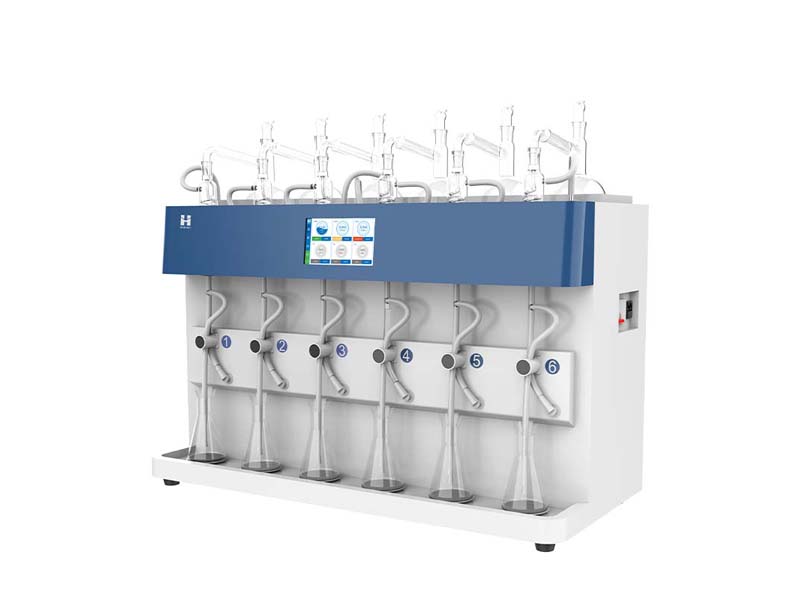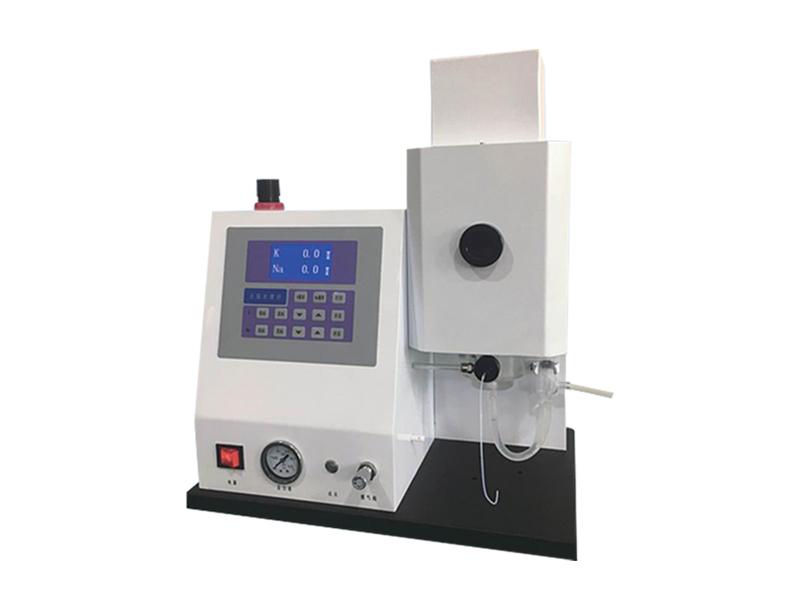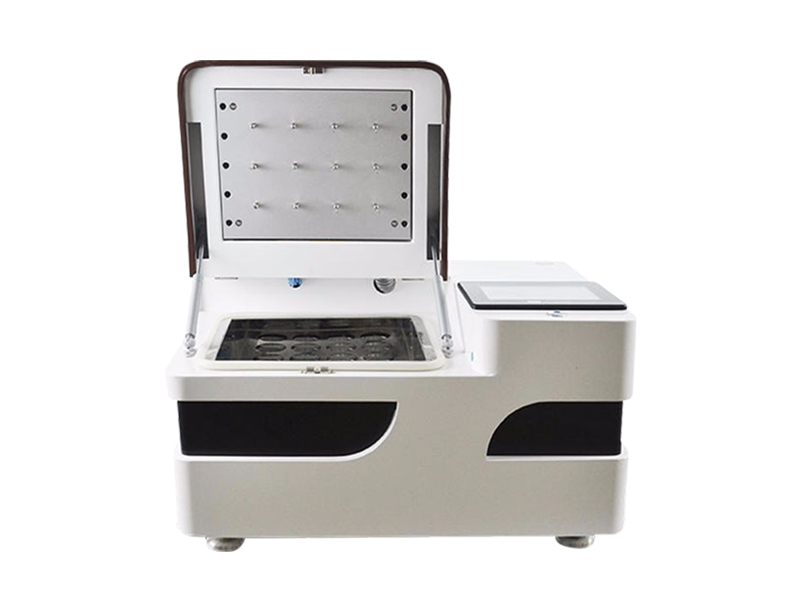In the fields of environmental monitoring, food testing, pharmaceuticals, etc., distillation is a core pre-treatment step, and its efficiency and accuracy directly affect the final test results. However, traditional distillation devices have significant defects:
Complicated operation: heating, condensation, and receiving units are independent, and manual temperature adjustment is required
High error rate: endpoint judgment relies on experience, and excessive distillation or distillate back-absorption is prone to occur
Inefficiency: single batch processing takes 2-3 hours, and labor costs account for more than 40% of the total experimental cost
Poor safety: open flame heating has the risk of explosion, and the condensed water circulation system is prone to bacteria
Against this background, the fully automatic distillation apparatus , with modular design and intelligent control system as the core, realizes the standardization, automation and safety of distillation experiments, and becomes an important pre-treatment equipment in modern laboratories

I. Technical Principle
The fully automatic distillation apparatus is based on the concept of intelligent control and modular design. Its workflow can be divided into four key stages:
1. Sample loading: using standard interface glassware (round-bottom flask, condenser, etc.); supporting 1-6 channels of independent parallel processing; automatically identifying the position of the sample container
2. Distillation control: bowl-shaped glass fiber electric heating jacket for precise heating (temperature range: room temperature-400℃); PID algorithm to control the heating rate (accuracy ±1℃); real-time monitoring of the status of each channel
3. End point judgment: weight/time dual judgment mode; high-precision weighing sensor (resolution 0.1g); automatic stop of heating and distillate collection
4. Safety protection: triple protection mechanism (anti-backflow, anti-dry burning, anti-overdose); automatic power cut-off in abnormal situations; sound and light alarm prompts
II. System composition and functional modules
The modern fully automatic distillation apparatus consists of five core systems:
1. Heating system: customized glass fiber electric heating jacket (adjustable power); multi-channel independent temperature control module; overheating protection device
Condensation system: high High-efficiency serpentine condenser; circulating water cooling device; temperature monitoring sensor
Collection system: automatic switching receiving device; high-precision weighing module; anti-backflow solenoid valve
Control system: 7-inch touch screen (resolution 800×480); industrial-grade PLC controller; method storage and call function
Safety system: triple safety interlock; abnormal state monitoring; emergency stop button
III. Technical advantages and performance characteristics
Efficient processing capacity: 6 channels work independently and in parallel; single batch processing efficiency is increased by 5 times; support simultaneous distillation of different samples
Accurate control: temperature control accuracy ±1℃; double determination of distillation endpoint; recovery rate RSD≤3%
Intelligent operation: preset 20+ standard methods; one-button start automatic operation; automatic data storage and export
Safety guarantee: triple protection mechanism; abnormal automatic shutdown; sound and light alarm prompt
Compliance design: in line with GLP specifications; complete audit tracking; electronic signature support
IV. Application fields and solutions
1. Main application scenarios
Environmental monitoring: water quality volatile phenol detection (HJ 503-2009); Cyanide analysis (HJ 484-2009); Sulfide determination (HJ 1226-2021)
Food safety: Alcohol content determination (GB 5009.225-2023); Methanol detection (GB 5009.266-2016); Cyanide analysis (GB 5009.36-2023)
Drug inspection: Solvent residue detection; Extraction of volatile oils from traditional Chinese medicine; Purity analysis pretreatment
Scientific research and education: Purification of organic synthesis products; Teaching experiment demonstration; Method development and verification
2. Industry pain point solutions
Pain point 1: Low efficiency, limited single-time processing capacity of traditional devices.
Solution: 6 channels of independent parallel processing, 5 times higher efficiency.
Pain point 2: Complex operation, requiring professional personnel to be on duty throughout the process.
Solution: One-click start of automatic operation, support for unattended operation.
Pain point 3: Safety risks, prone to accidents such as backflow and dry burning.
Solution: Triple protection mechanism, automatic shutdown in case of abnormality.
Pain point 4: Data management is difficult, and paper records are inconvenient to trace.
Solution: Electronic storage, in line with GLP requirements.
Pain point 5: Method standardization, large differences in operation by different personnel.
Solution: Preset standard methods to ensure consistency of results.
The fully automatic distillation apparatus has achieved a leap from traditional manual operation to intelligent and automated operation through technological innovation. From the analysis in this article, it can be seen that the equipment not only solves many pain points in the laboratory distillation process, but also provides a solid guarantee for the accuracy, repeatability and reliability of the test results.
Article address:http://www.labinstruments.net/news/55.html







